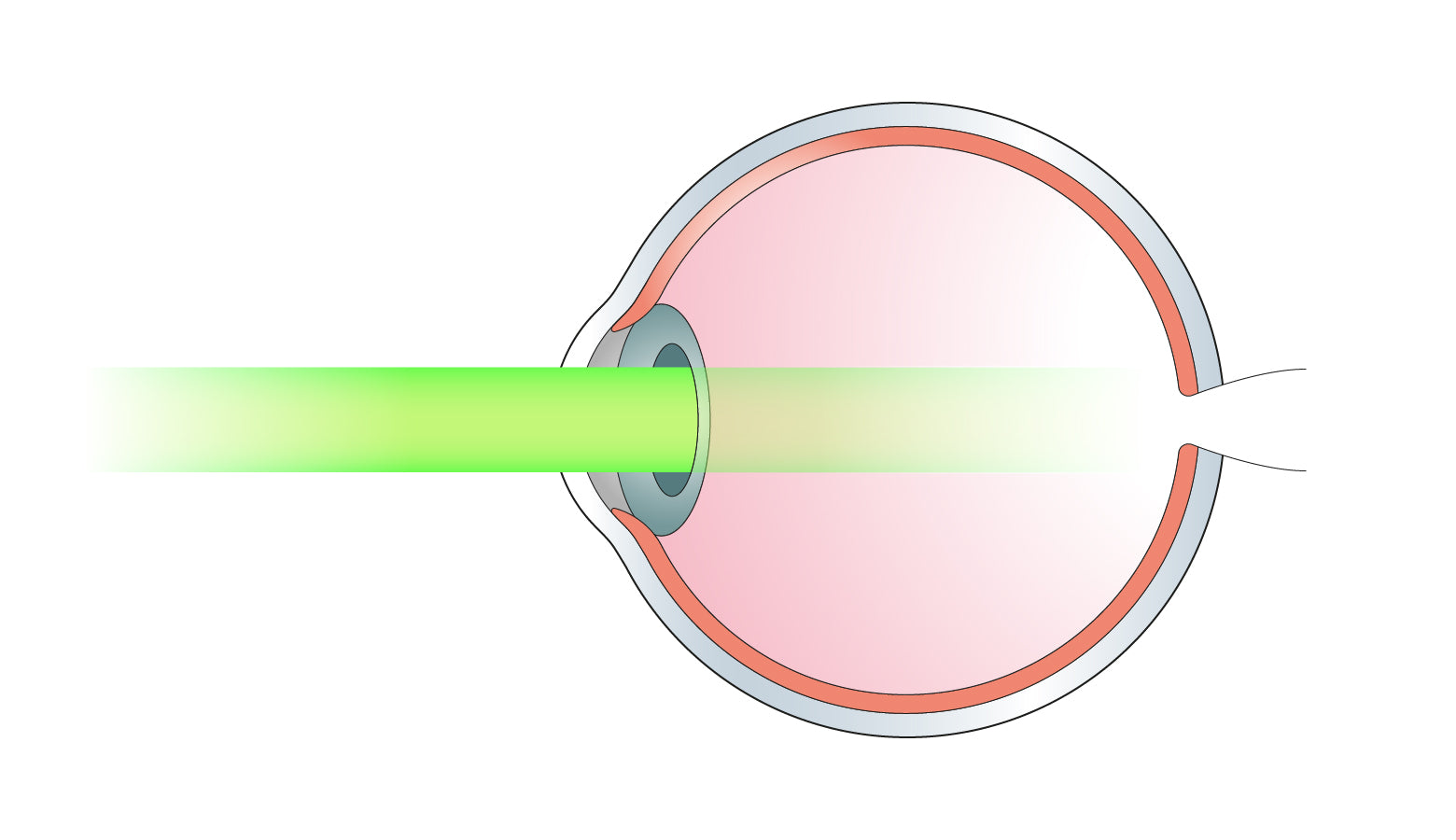Different wavelengths along the electromagnetic spectrum impact different parts of the human eye. Furthermore, our eye may not have a reflex built in for direct hits from certain wavelengths (i.e. infrared lasers). For instance, visible light causes us to blink and therefore often assume 0.25s for incidental direct exposure. This is in opposition to an infrared laser hitting the eye where the eye may not notice and therefore different incidental direct exposures are assumed.

Within different areas of the electromagnetic spectrum, different wavelengths have different Maximum Permissible Exposure (MPE). To give an example, we've shown the response cones of the human eye and the sensitivity of the cones to different visible light wavelengths. The MPE calculation is research-based and published by standards bodies like ANSI.



